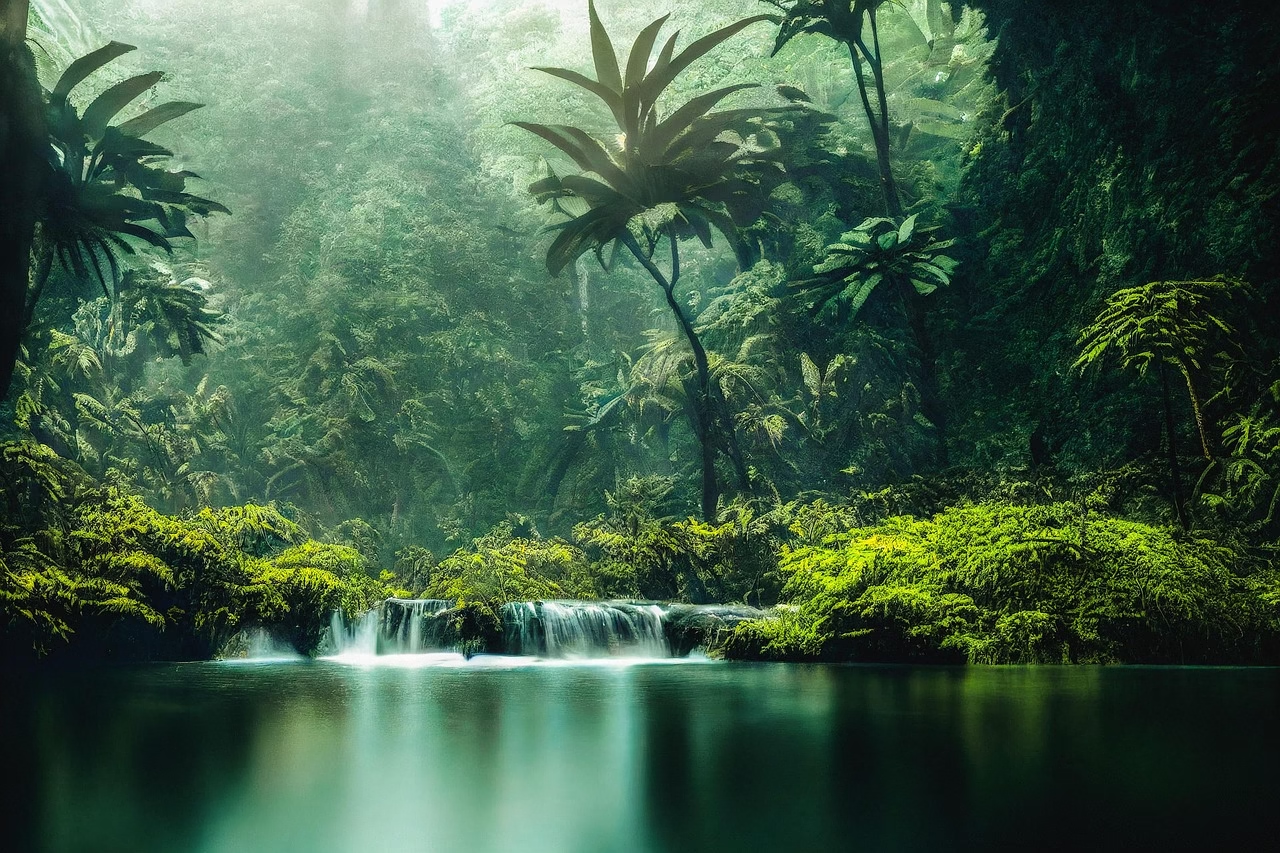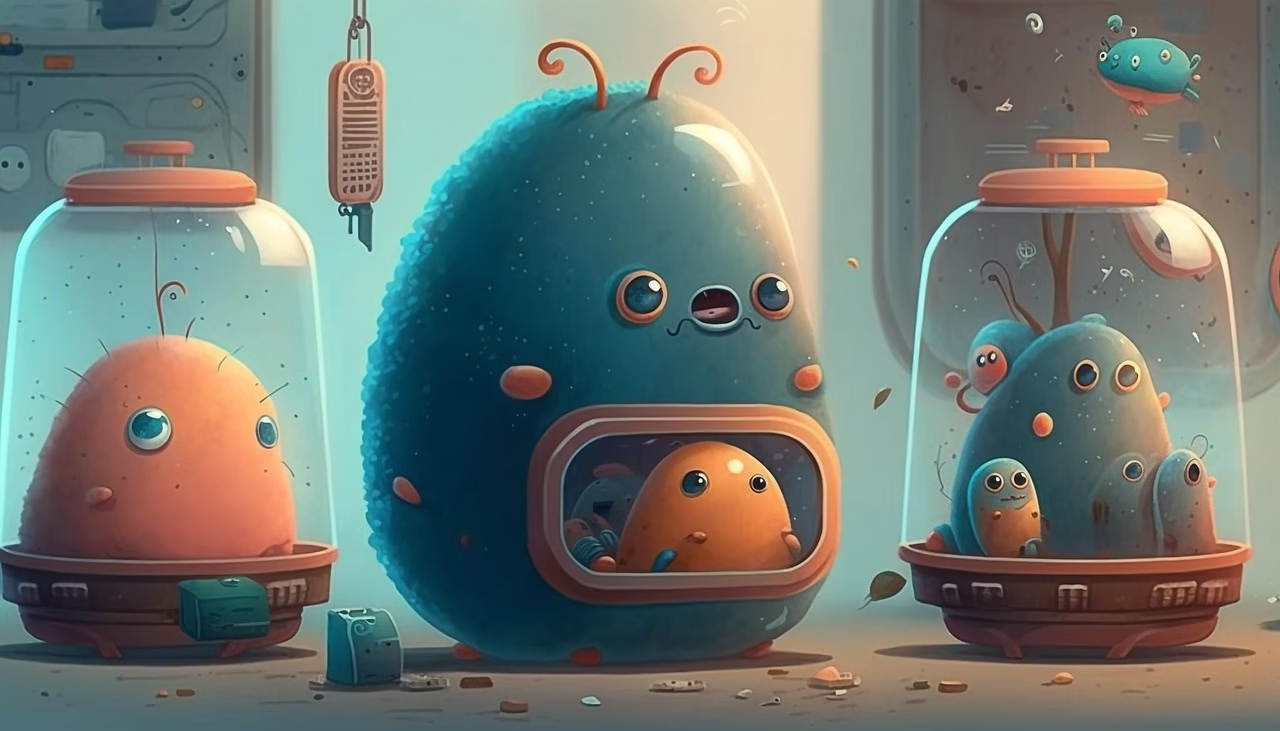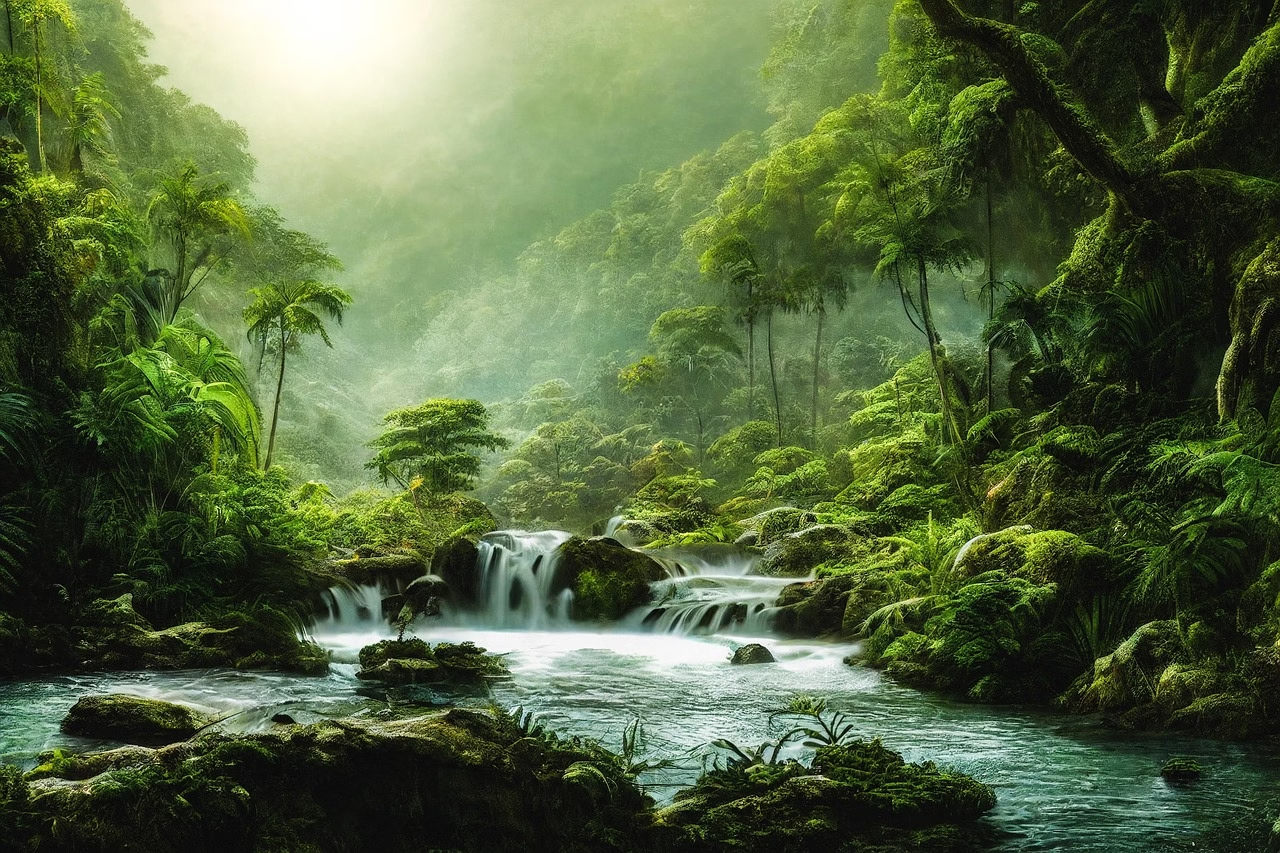“AI-Powered Tools Transforming Content Creation: The Rise of
June 15, 2025 | by Olivia Sharp
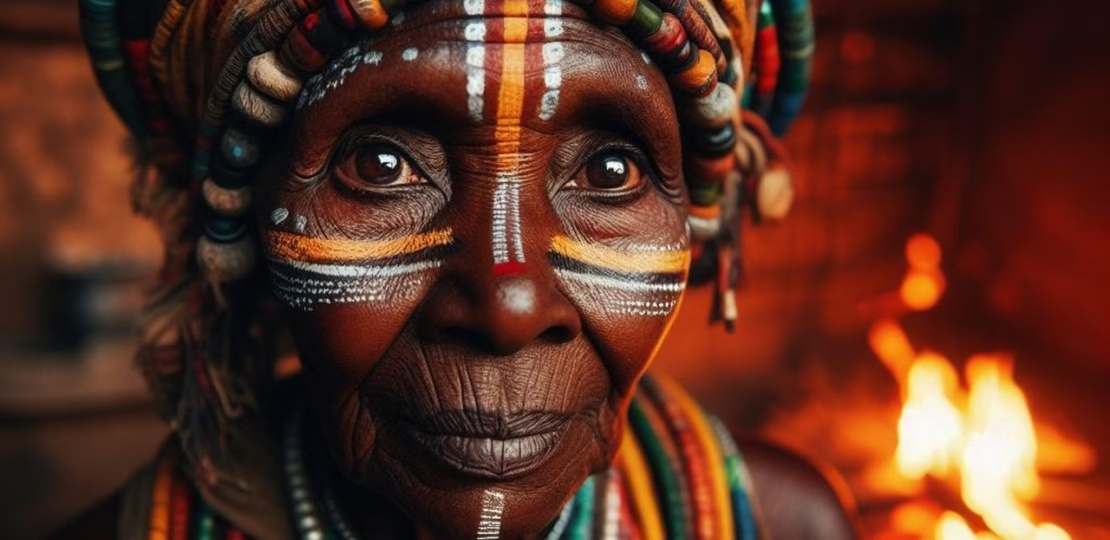
AI-Powered Tools Transforming Content Creation: The Rise of Automated Video and Image Generation Platforms
In less than a decade, AI has moved from the pages of research journals into the heart of creative industries. What was recently a slow, manual process—storyboarding, illustrating, editing frame-by-frame—has been invigorated by an explosion of AI-powered tools that reshape the way digital content is imagined, crafted, and deployed.
As a researcher with a passion for bridging deep tech and daily practice, I have seen firsthand how automated video and image generation platforms aren’t just trending—they’re fundamentally redefining what’s possible, and who gets to create.
The Current Wave: Automation as a Creative Catalyst
AI automation in content creation is not simply about efficiencies. It’s about scale, access, and the emergence of new forms of collaboration between humans and machines. Platforms like Runway, Synthesia, and Midjourney are opening up visual storytelling to a far broader and more diverse group than ever before.
Take visual asset generation for social media: what was once a bottleneck—waiting for designers, revising drafts, securing stock imagery rights—has transformed. AI platforms quickly synthesize on-brand, original illustrations, alter backgrounds, or adapt content into multilingual video, fueling engagement at unprecedented speeds.
Democratizing Visual Storytelling
Perhaps the most profound impact so far has been on access. Independent creators, educators, and small business owners, traditionally constrained by time or lack of design expertise, now harness the same expressive power once reserved for large studios.
- Educators bring lessons to life, generating explainer videos and dynamic infographics on-demand.
- Brands multiply campaigns globally, tailoring each message for local audiences in specific dialects or styles.
- Nonprofits use compelling AI-generated visuals to garner attention and mobilize support within days—not weeks or months.
This democratization is not just financial; it’s creative. New aesthetic forms are emerging, unmoored from the traditional boundaries of technical skill, enabling an authentic diversity of voices.
Behind the Scenes: How These Tools Work
AI video and image generators rely on a fusion of two key technologies: deep neural networks (particularly diffusion models and transformers) and sophisticated natural language processing. The result is that anyone, regardless of their technical prowess, can communicate an idea—“A serene forest at sunrise in the style of Monet”—and see it visualized near-instantly.
The process is, paradoxically, both simple and complex. On the user side, it’s typically as easy as inputting a prompt or uploading a reference. Behind the scenes, a deep model interprets the text, constructs a semantic map, and iteratively generates imagery or sequences, sometimes even suggesting improvements or alternatives as it works.
Real-World Applications Redefining Industry Norms
Media giants are trimming production cycles, leveraging AI platforms to storyboard and generate rough cuts before human editors polish the narrative. Marketers employ automated tools to stylize visual campaigns. Even the medical and architectural fields have adopted synthetic imagery for simulations, training, and patient education.
Responsible Innovation and the Road Ahead
Of course, as adoption surges, responsible usage and ethical design are paramount. Synthetic video and image tools must be transparent about what’s machine-generated and strive to mitigate bias. Clear labeling, robust consent processes, and traceable provenance are already being integrated by many forward-thinking platforms. The goal: empower creativity without losing sight of trust and accountability.
Looking forward, my advice is to approach these tools as partners—amplifiers of human ingenuity. Invest the time to understand how they work, and deploy them thoughtfully within your workflow. The content landscape isn’t just automating—it’s opening new frontiers, and the most successful creators will be those who embrace, adapt, and innovate responsibly.
— Dr. Olivia Sharp
AI Researcher & Advocate for Practical Tech Innovation
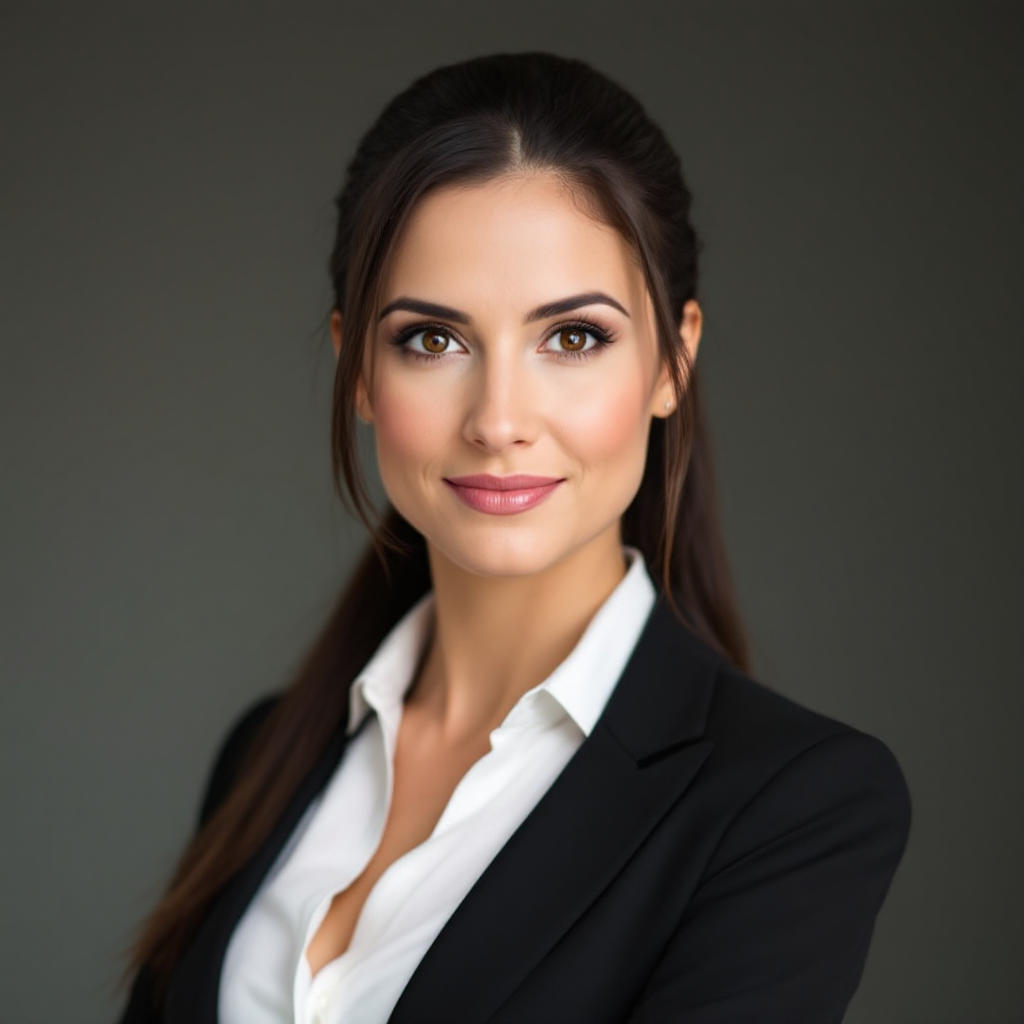
RELATED POSTS
View all

